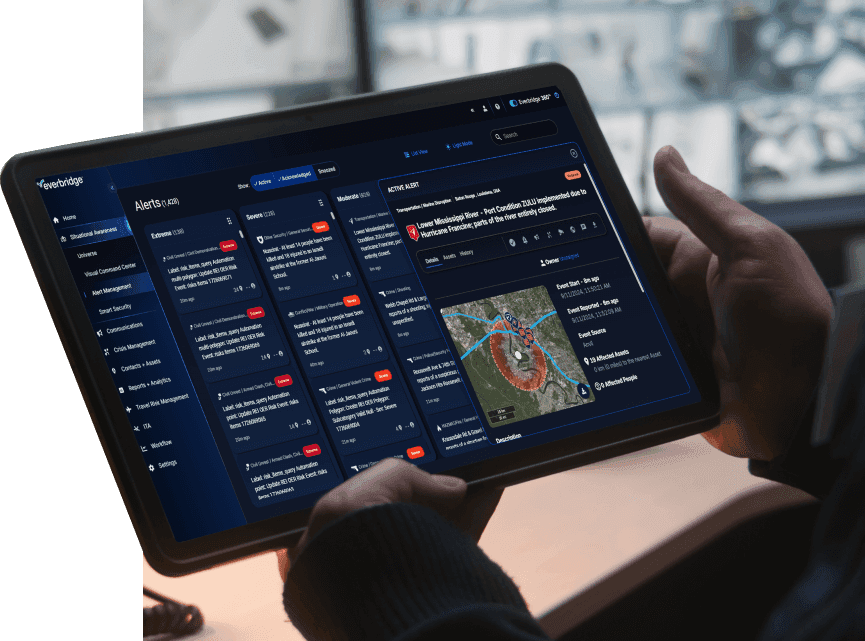The safety and security of employees in the workplace is critical. The threat of an active assailant incident, while not new, remains a significant focus for organizations striving to protect their people and property. Despite a slight decline in violent acts, the need for effective preparedness strategies has never been more urgent, particularly with the rise of hybrid work environments.
Understanding the current trends in workplace violence
Workplace violence continues to be a pressing issue that organizations must proactively address. The hybrid work model, which blends remote and on-site work, has not diminished the need for vigilance. In fact, it presents unique challenges for maintaining security and ensuring rapid communication across diverse and dispersed teams. Security professionals recognize the potential risks and are increasingly focusing on reinforcing their preparedness strategies.
To understand the current dynamic threat landscape, Everbridge partnered with ASIS to survey around 700 security professionals to establish benchmark data. We consolidated our findings into the 2024 active assailant preparedness report, which you can download below.
The role of hybrid work environments
Hybrid work environments complicate traditional emergency response plans, as employees may be scattered across various locations. This dispersal makes it crucial for organizations to develop flexible and adaptive response strategies that can be effectively implemented regardless of the employees’ physical presence. The integration of digital communication tools is essential to bridge the gap and ensure that all employees receive timely alerts and instructions during an emergency.
The significance of a comprehensive response plan
A comprehensive response plan is the backbone of any effective preparedness strategy. Organizations must assess their current vulnerabilities and tailor their plans to address specific threats, including potential active assailant incidents. In our recent report with ASIS, 63% of security professionals express medium or lower confidence in their readiness for such situations. This statistic underscores the necessity for detailed and regularly updated response protocols, which should include lockdown procedures, evacuation routes, and communication strategies.
The importance of communication and training
Effective communication is often the difference between chaos and order during an emergency. Nearly 70% of security professionals have deployed technology solutions to enhance communication in the event of an active assailant incident. Organizations must invest in robust communication systems that can deliver real-time alerts and updates to employees, ensuring everyone is informed and can respond appropriately.
Additionally, training is a critical component of preparedness. Regular drills and training sessions help employees understand their roles and responsibilities during an incident, enhancing their situational awareness and decision-making skills. Two-thirds of security professionals emphasize the importance of active assailant training as a preventive measure, highlighting the need for continuous education and practice.
Active assailant preparedness is a multifaceted challenge that requires comprehensive planning, effective communication, and ongoing training. By prioritizing these elements, organizations can bolster their defenses, protect their people, and foster a culture of safety and confidence. As workplace dynamics continue to evolve, staying vigilant and prepared is not just an option but a necessity for all organizations.





